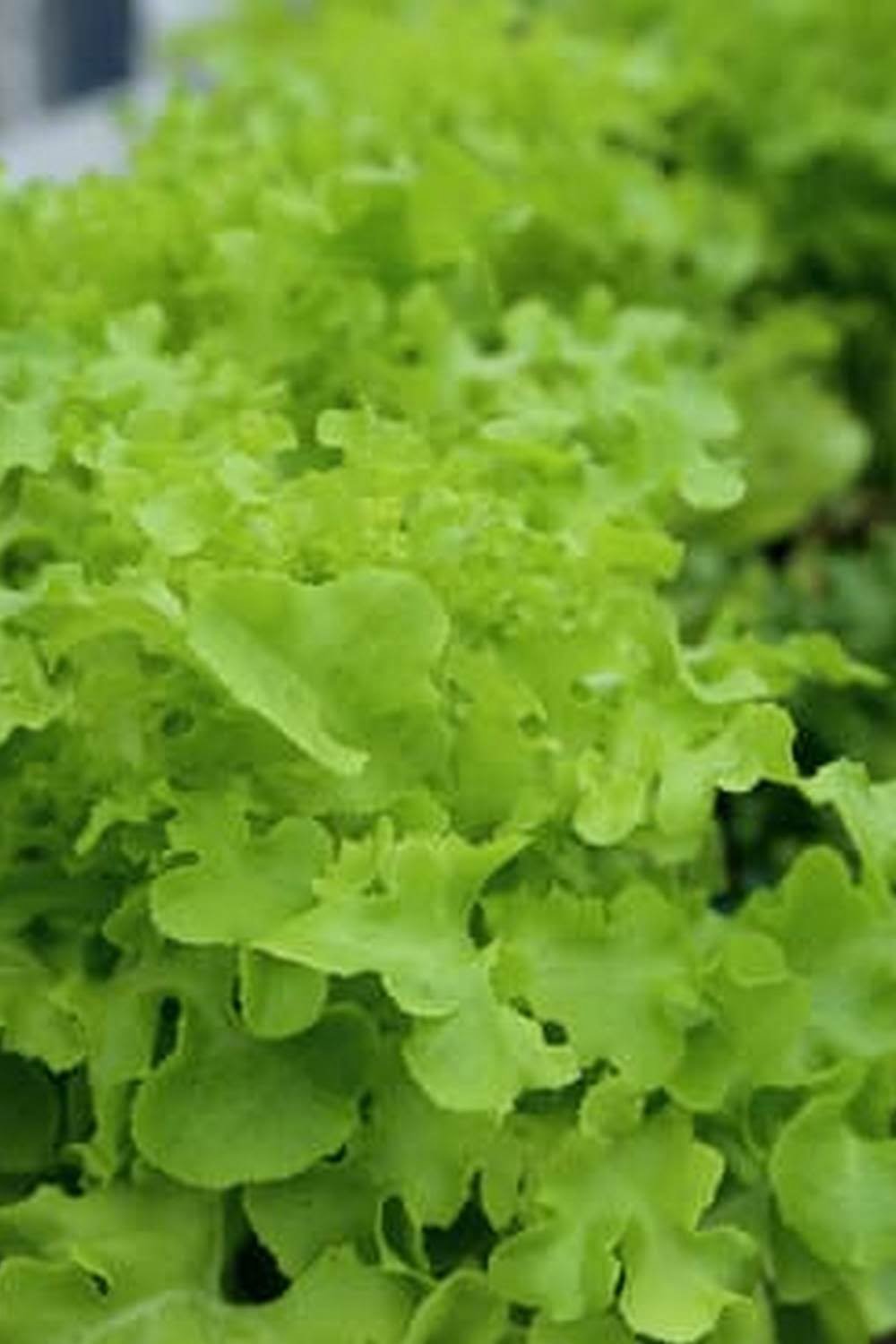Introduction
Whitefly infestations are a common problem for vegetable gardeners. They feed on plant sap, weakening the plant and reducing its growth rate, ultimately leading to loss of productivity. Whiteflies also excrete honeydew which can lead to mold formation, making the vegetables unmarketable and inedible. In addition to direct damage, they spread disease, including viruses, fungi and bacteria that attack the garden vegetables and reduce yields. Finally, they’re incredibly hard to control and reproduce quickly if not handled with care. All these factors make whitefly infestations a serious threat to any vegetable garden.
Identifying Infestations
Whiteflies can be fairly difficult to identify as they are tiny, typically only a few millimeters in size. Because of their small size, the most common way to see if your vegetable garden is infested with whiteflies is to look for activity on the bottom of leaves. If you notice small, flying insects hovering around the underside of leaves and stems, there is a good chance that you have an infestation. Additionally, you may find small clusters of fluffy, white patches or webbing on the underside of leaves which are caused by whitefly larvae. Lastly, if your plants start exhibiting signs of poor health such as stunted growth or yellowing and deformed foliage, this could also be a sign that whiteflies have taken over your vegetable garden.
Surveillance Ideas
One of the most important steps that gardeners should take to control whiteflies in their vegetable gardens is to monitor for their presence regularly. Monitoring for whiteflies not only allows gardeners to detect them in early stages, but it also helps them identify any areas where infestations are particularly severe and quickly address any issues before these pests have time to spread further.
Methods of surveillance include visual examination and the use of yellow sticky cards. Visual examinations can be done by simply walking through a garden and looking closely at foliage, flowers, and stems for adult whiteflies and their tiny white eggs. Sticky cards can be placed on plant stems or suspended in the air and may help to catch more adult whiteflies than individual visual inspections might catch. Gardeners should regularly check sticky cards for evidence of whitefly activity.
In addition to regular surveillance activities, gardeners should also familiarize themselves with signs of whitefly damage, including yellow spots on leaves, wilting foliage/flowers, honeydew accumulation from sap-sucking insects, sooty mold growth, or an overall decrease in plant vigor or health. Spotting these issues early will help the gardener address pest problems faster, ensuring that plants stay vigorous and remain productive. Finally, spraying an insecticidal soap or neem oil may help reduce existing populations by targeting both larvae and adult insects.
Proactive Prevention
One of the best preventative measures for whitefly control in vegetable gardens is cultural practices. In other words, you can make your garden as unattractive to whiteflies as possible by putting certain measures into practice ahead of time. Creating a clean and healthy garden can go a long way in discouraging whitefly infestations before they occur.
This begins with placing the garden in an area of full sun and ensuring the soil contains plenty of organic matter. A nutrient-rich soil will lead to healthier plants which are better able to resist pests and diseases such as those caused by whiteflies. Ensure that the soil is well-drained, free of debris, and watered regularly with a soaker hose or drip irrigation system for optimal plant health. Mulch should be used to help retain moisture, deter weed growth, and aid in protection against developing whitefly outbreaks.
Be mindful of overcrowding when planting; this promotes air circulation preventing too much humidity from building up around plants creating unwanted conditions for whiteflies to thrive in. Always keep an eye out for any visible pests on the underside of leaves when cleaning off fruits and vegetables before harvesting as this could be an early sign of a whitefly issue. Grow pest resistant varieties or use companion planting which involves interspersing plants known to repel certain pests through your crop rotation layout; these efforts can also accompany other proactive measures taken to prevent outbreaks from occurring in the first place.
Chemical Solutions
When it comes to controlling whiteflies in your vegetable garden, chemical pesticides are one of the most common solutions. However, there are several steps you must take before you begin treating an infestation.
First, inspect your plants to make sure whiteflies are indeed present. Whiteflies tend to leave a sticky residue on leaves and clustered around blooms. If necessary, physically remove whiteflies from infected areas.
Next, choose a pesticide that is specifically designed to treat whitefly infestations. Examples of pesticides include products containing cyfluthrin, dimethoate and neem oil. It’s also important to choose a pesticide that is suitable for edible plants; read labels carefully to be sure that the product is safe for use on food crops.
Once you have selected a pesticide, apply it as directed by following the instructions listed on the packaging. It’s usually recommended to keep pets and children away from treated areas while the pesticide takes effect. Afterwards, monitor your garden daily for signs of recurrent activity; if new activity is observed it may be necessary to repeat treatment with additional applications if needed.
Integrated Pest Management
Integrated Pest Management (IPM) is a method for controlling unwanted pests in vegetable gardens. This approach combines the use of cultural and biological controls, as well as pest-resistant varieties and chemical treatments, to reduce the impact of pests on plants. Cultural control measures involve things such as crop rotation and adjusting soil pH to make it less hospitable to pests. Biological control agents, including beetles and fungi, may also be used to keep pest populations in check by introducing natural predators that feed on them. Pest-resistant varieties may also be utilized; these are usually developed through careful breeding techniques to produce strain with built-in natural resistance. Lastly, when all other approaches fail, chemical treatments can be employed. However, these should always be used sparingly so as not to disrupt the natural balance within the garden environment too much. Ultimately, through thoughtful implementation of various pest control methods and practices, IPM provides an effective approach for finding a sustainable balance between beneficial organisms and undesired pests in the vegetable garden setting.
Conclusion
In conclusion, there are several strategies for controlling whitefly in a vegetable garden. These include natural control methods such as introducing beneficial insects to fight pests and setting up physical barriers. Chemical control methods like horticultural oil and neem oil can also be used but should be done cautiously to prevent damaging the plants themselves. Additionally, careful inspection of seedlings is necessary before planting to make sure they are free of infected plants, as well as consistently monitoring the garden throughout its growth cycle. Finally, it’s important to dispose of infested plants properly and avoid spreading the whiteflies further by manipulating them with bare hands or weed eaters. By incorporating these strategies into a regular garden routine, it’s possible to cultivate a healthy and successful vegetable garden without having to deal with whitefly infestations.

If you’re looking to get into vegetable gardening, or are just looking for some tips on how to make your current garden better, then you’ve come to the right place! My name is Ethel and I have been gardening for years. In this blog, I’m going to share with you some of my best tips on how to create a successful vegetable garden.





